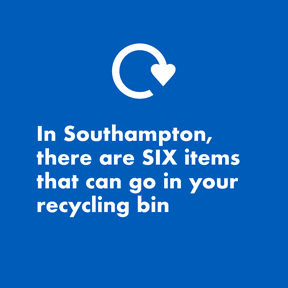Proposals for four new mainland Hampshire unitary councils to save millions
Creating four new unitary councils for mainland Hampshire to replace the existing 14 councils, with the Isle of Wight remaining an independent island unitary council, would save at least £63.9 million a year - that’s the finding of joint work by most of the councils in the county.

The proposal to Government entitled 'Close enough to be local, big enough to stay strong', is published today (Wednesday 3 September) by 12 of the 15 councils in Hampshire and the Isle of Wight.
The Government wants to replace the current system of councils – including Hampshire County Council, the 11 district and borough councils and the existing unitary councils – with new unitary councils, each covering a population of approximately 500,000, that would be responsible for all services in their areas.
The government requires that each existing council proposes how they would shape the new unitary councils for Hampshire and the Isle of Wight, setting out the criteria each new council must meet.
The proposal is the result of joint work by Basingstoke and Deane Borough Council, Eastleigh Borough Council, Fareham Borough Council, Hart District Council, Havant Borough Council, Isle of Wight Council, New Forest District Council, Portsmouth City Council, Rushmoor Borough Council, Southampton City Council, Test Valley Borough Council and Winchester City Council. It follows extensive consultation with residents living in each of these areas to gather feedback on the options which has helped inform the proposal.
It proposes three different options for the four new unitary councils for mainland Hampshire, at an average population size of 500,000, grouped around the major centres of Southampton, Portsmouth, Winchester and Basingstoke. The Isle of Wight would stay its own island unitary authority, as it currently is.
The proposals, for the Hampshire and Isle of Wight area as a whole, are designed to better drive economic growth, deliver redesigned public services tailored to local needs and empower communities by enabling residents to shape local decisions. The proposals are also backed by the 12 councils as the best way to unlock and maximise devolution arrangements with the new councils working effectively with the Isle of Wight Council and the new elected Mayor for the whole region.
The 12 councils have made a joint statement, saying: “Unlike other proposals, we believe our approach means the best of both worlds: councils that are big enough to deliver major services and be financially sustainable, but local enough to understand communities so they can tailor services more closely to their needs.
“This is a comprehensive and evidence-based proposal that offers a bold vision for the future of local government in our region, ensuring every voice is heard and every service delivers real value. Covering the population of around two million people in mainland Hampshire, four new unitary councils would provide the scale of efficiency the government wants whilst still being connected to the communities they serve.
“The Isle of Wight’s continued independence is essential, given its unique geography and infrastructure needs. However, the proposal ensures integration and collaboration where beneficial, enabling shared innovation and transformation across the region.”
At meetings between now and the deadline for submission of proposals to the government on Friday 26 September, each council will formally consider approving the proposal.
Commenting on the publication of local government reorganisation draft proposals, Councillor Alex Winning, Leader of Southampton City Council, said: “It’s clear that four new councils on the mainland is the best answer for our region to ensure councils are big enough to deliver but small enough to understand local communities.
“Current council boundaries were set in the 1970’s, since then the social and economic landscape of our region has significantly changed. Of the options, I strongly believe that bringing together Southampton, Eastleigh and parts of the Waterside and lower Test Valley, is the best answer for our area. This would create a new council with similar, more urban populations, and build on the strong existing work, travel and public service links between our areas.
“By uniting the port and maritime industries either side of Southampton Water we can also unlock new economic opportunities which will help our region to grow and thrive.”


